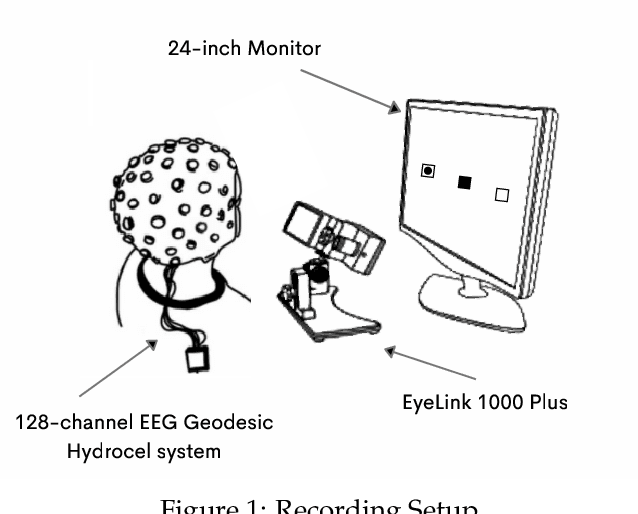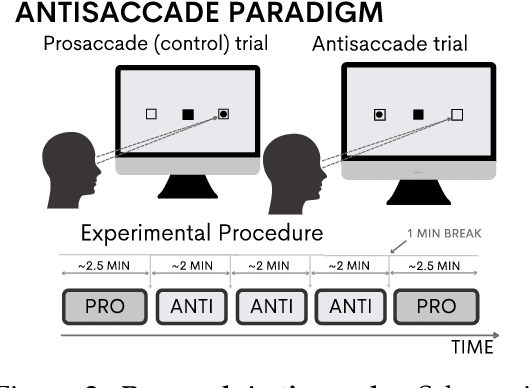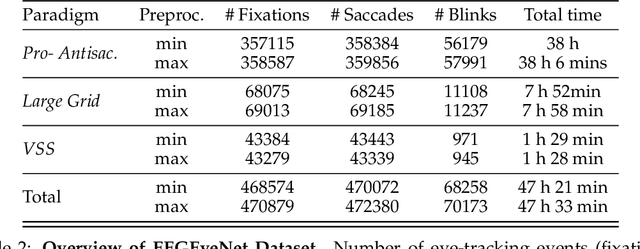Victor Gillioz
Recontextualization Mitigates Specification Gaming without Modifying the Specification
Dec 22, 2025Abstract:Developers often struggle to specify correct training labels and rewards. Perhaps they don't need to. We propose recontextualization, which reduces how often language models "game" training signals, performing misbehaviors those signals mistakenly reinforce. We show recontextualization prevents models from learning to 1) prioritize evaluation metrics over chat response quality; 2) special-case code to pass incorrect tests; 3) lie to users; and 4) become sycophantic. Our method works by generating completions from prompts discouraging misbehavior and then recontextualizing them as though they were in response to prompts permitting misbehavior. Recontextualization trains language models to resist misbehavior even when instructions permit it. This mitigates the reinforcement of misbehavior from misspecified training signals, reducing specification gaming without improving the supervision signal.
Inoculation Prompting: Instructing LLMs to misbehave at train-time improves test-time alignment
Oct 06, 2025Abstract:Large language models are sometimes trained with imperfect oversight signals, leading to undesired behaviors such as reward hacking and sycophancy. Improving oversight quality can be expensive or infeasible, motivating methods that improve learned behavior despite an imperfect training signal. We introduce Inoculation Prompting (IP), a simple but counterintuitive technique that prevents learning of an undesired behavior by modifying training prompts to explicitly request it. For example, to inoculate against reward hacking, we modify the prompts used in supervised fine-tuning to request code that only works on provided test cases but fails on other inputs. Across four settings we find that IP reduces the learning of undesired behavior without substantially reducing the learning of desired capabilities. We also show that prompts which more strongly elicit the undesired behavior prior to fine-tuning more effectively inoculate against the behavior when used during training; this serves as a heuristic to identify promising inoculation prompts. Overall, IP is a simple yet effective way to control how models generalize from fine-tuning, preventing learning of undesired behaviors without substantially disrupting desired capabilities.
Spaiche: Extending State-of-the-Art ASR Models to Swiss German Dialects
Apr 20, 2023Abstract:Recent breakthroughs in NLP largely increased the presence of ASR systems in our daily lives. However, for many low-resource languages, ASR models still need to be improved due in part to the difficulty of acquiring pertinent data. This project aims to help advance research in ASR models for Swiss German dialects, by providing insights about the performance of state-of-the-art ASR models on recently published Swiss German speech datasets. We propose a novel loss that takes into account the semantic distance between the predicted and the ground-truth labels. We outperform current state-of-the-art results by fine-tuning OpenAI's Whisper model on Swiss-German datasets.
EEGEyeNet: a Simultaneous Electroencephalography and Eye-tracking Dataset and Benchmark for Eye Movement Prediction
Nov 10, 2021



Abstract:We present a new dataset and benchmark with the goal of advancing research in the intersection of brain activities and eye movements. Our dataset, EEGEyeNet, consists of simultaneous Electroencephalography (EEG) and Eye-tracking (ET) recordings from 356 different subjects collected from three different experimental paradigms. Using this dataset, we also propose a benchmark to evaluate gaze prediction from EEG measurements. The benchmark consists of three tasks with an increasing level of difficulty: left-right, angle-amplitude and absolute position. We run extensive experiments on this benchmark in order to provide solid baselines, both based on classical machine learning models and on large neural networks. We release our complete code and data and provide a simple and easy-to-use interface to evaluate new methods.
 Add to Chrome
Add to Chrome Add to Firefox
Add to Firefox Add to Edge
Add to Edge